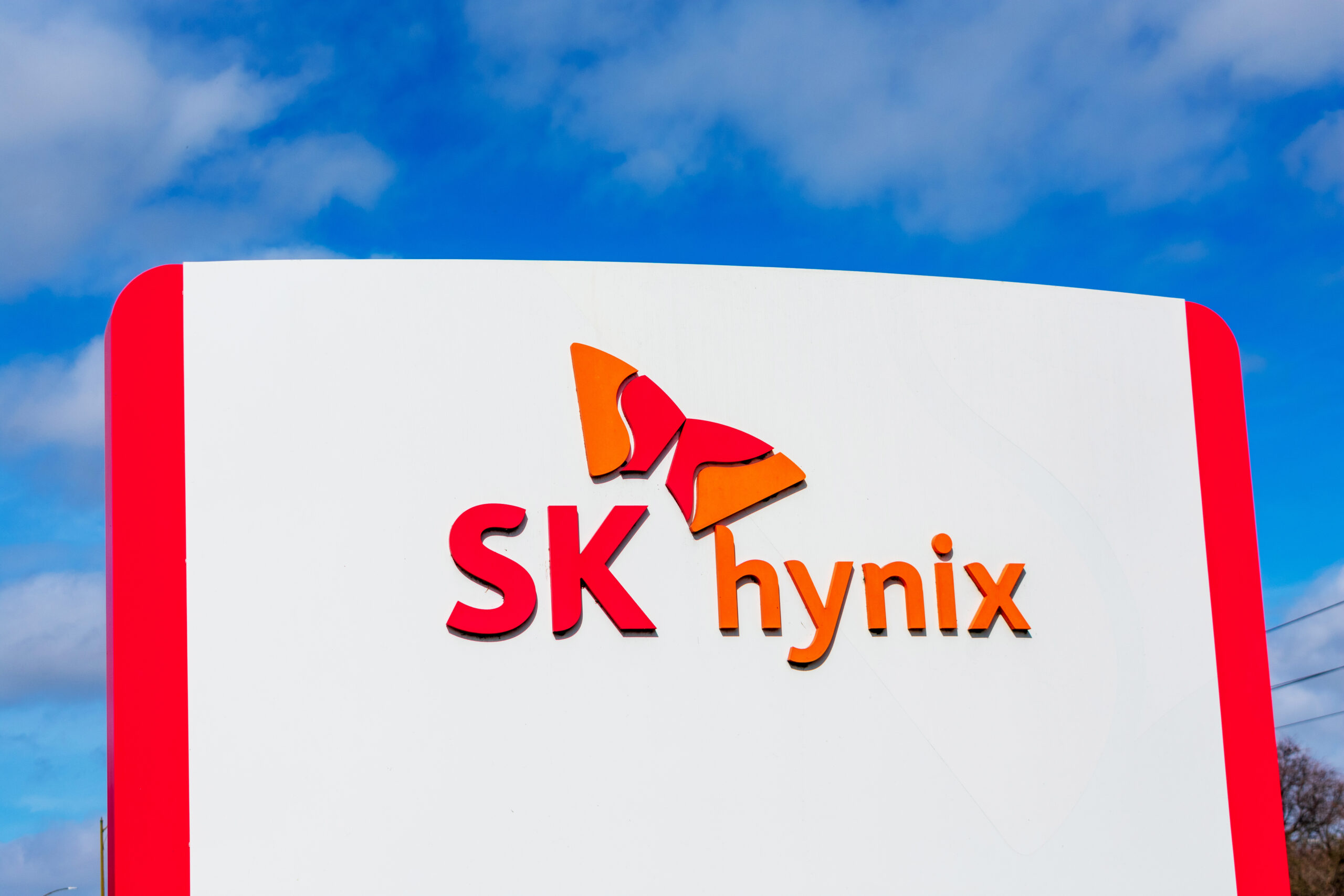Deepfakes in Gaza War Spark Fear Over AI Misuse

Key Insights:
- AI deepfakes in the Gaza conflict underscore risks in digital propaganda, challenging our perception of reality.
- Efforts intensify globally to develop AI solutions for identifying and neutralizing the impact of deepfake technology.
- Gaza’s experience spotlights AI’s complex role in fueling and fighting digital misinformation in contemporary conflicts.
In the shadow of the Gaza conflict, a new threat has emerged, extending beyond the physical realm of warfare into the digital universe. Artificial Intelligence (AI), once hailed as a beacon of progress, is now being weaponized to create deepfakes – hyper-realistic digital fabrications that blur the line between truth and fiction. This alarming trend, vividly illustrated in the recent Israel-Hamas war, raises profound concerns about AI’s role in the future of information and conflict.

The Emergence of AI as a Propaganda Tool
During the Gaza conflict, a collection of deeply disturbing images depicting blood-soaked, forsaken infants has garnered significant attention. These images, which have rapidly spread online, are the creation of artificial intelligence – sophisticated deepfakes crafted to incite anger and sway the public’s views. Jean-Claude Goldenstein, CEO of CREOpoint, a firm focused on evaluating online content, cautions,
“With the advent of generative AI in imagery, videos, and audio, we’re entering a new era of intensified manipulation.”
While not entirely prevalent, these AI-generated images signify a growing trend in misusing technology for propaganda. They range from repurposed photos from other conflicts to entirely fabricated scenarios. The ability of these images to evoke strong emotional reactions is particularly concerning. As Imran Ahmed, CEO of the Center for Countering Digital Hate, observes, “Whether it’s a deepfake baby or an actual image of an infant from another conflict, the emotional impact on the viewer is the same.”
A Global Phenomenon: Beyond Gaza
The implications of AI-generated misinformation are not confined to the Gaza conflict. The world witnessed similar deceptions during Russia’s invasion of Ukraine in 2022, including a manipulated video purporting to show Ukrainian President Volodymyr Zelenskyy urging surrender. These instances demonstrate the global and persistent nature of AI-fueled misinformation.
With significant elections on the horizon in nations including the U.S., India, Pakistan, Ukraine, Taiwan, Indonesia, and Mexico, the risk of AI being used to disseminate false information is escalating. U.S. Representative Gerry Connolly stresses the critical need for an effective response, highlighting the importance of governmental action in addressing this growing concern.

The Response: Countering AI Misinformation
In response to this growing threat, tech companies worldwide are developing tools to identify and combat deepfakes. Maria Amelie, co-founder of Factiverse, highlights the next challenge:
“The next wave of AI will be: How can we verify the content? How can you detect misinformation? How can you analyze text to determine if it is trustworthy?”
Her sentiments echo a growing consensus that the fight against AI-manipulated content requires robust technological and educational responses.
However, the battle against AI-generated disinformation is complex. David Doermann, a professor at the University at Buffalo and a former leader at the Defense Advanced Research Projects Agency, stresses that “Detection and trying to pull this stuff down is no longer the solution. We need to have a much bigger solution.” This points to a need for comprehensive strategies encompassing technology, regulation, and public awareness.
The Challenge Ahead
The use of AI in creating deepfakes during the Gaza conflict and beyond represents a significant challenge in the digital age. It’s a challenge that calls for a collaborative response from technologists, policymakers, and the public. The potential for AI to be a tool for truth or a weapon of deceit hinges on our collective actions.
As we move forward, the lessons from Gaza serve as a stark reminder of the power of AI to shape narratives and influence public opinion. The task is to develop better detection tools and foster a digital ecosystem where truth can be distinguished from fiction and AI’s transformative power is harnessed for society’s betterment, not its manipulation.
Tokenhell produces content exposure for over 5,000 crypto companies and you can be one of them too! Contact at info@tokenhell.com if you have any questions. Cryptocurrencies are highly volatile, conduct your own research before making any investment decisions. Some of the posts on this website are guest posts or paid posts that are not written by Tokenhell authors (namely Crypto Cable , Sponsored Articles and Press Release content) and the views expressed in these types of posts do not reflect the views of this website. Tokenhell is not responsible for the content, accuracy, quality, advertising, products or any other content or banners (ad space) posted on the site. Read full terms and conditions / disclaimer.




